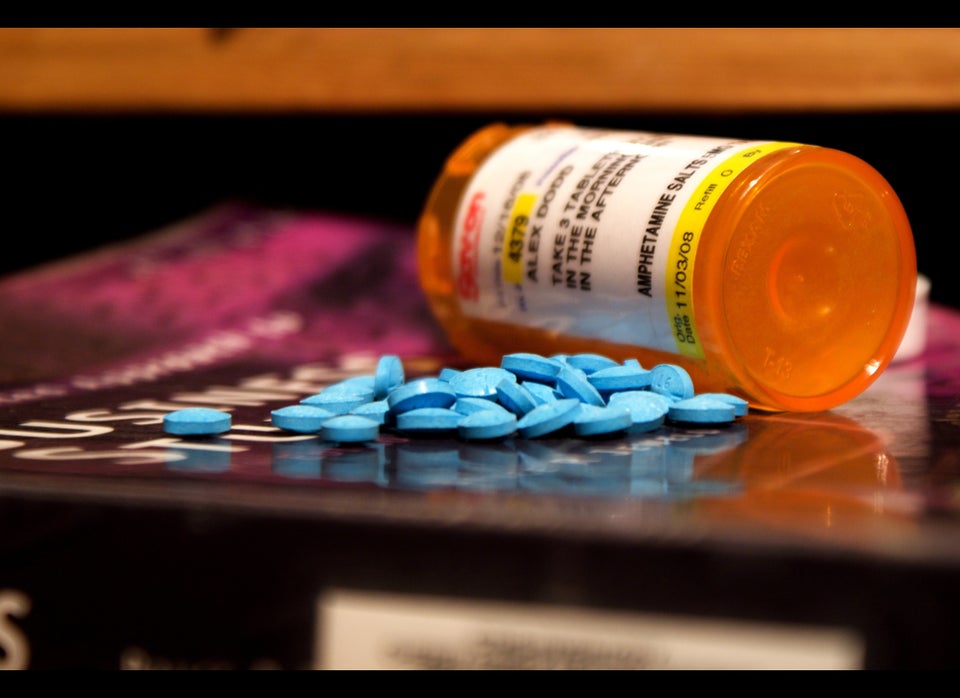
(Reuters Health) - When deaths from substance abuse are counted as self-inflicted, then deaths from self-injury in the U.S. are tied with deaths attributed to diabetes and outnumber those from flu and pneumonia or kidney disease, new research suggests.
“Self injury is a major killer and it encompasses more than suicide,” said study leader Ian Rockett, of West Virginia University School of Public Health in Morgantown.
He and his colleagues write in JAMA Psychiatry that self-injury deaths in the U.S. are generally underestimated because suicides by poisoning and drug overdose are often misclassified as “accidents” on death certificates.
In 2004, the U.S. Centers for Disease Control and Prevention (CDC) listed diabetes as the country’s seventh leading cause of death, influenza and pneumonia as the eighth leading cause and kidney disease as the ninth leading cause. Intentional self-injury - including suicide - was tenth.
For the new study, the researchers used data from the CDC on deaths occurring in the U.S. between 1999 and 2014. In addition to deaths already attributed to suicide or self-injury, the researchers also classified 80 percent of deaths labeled “accidental” drug intoxication deaths and 90 percent of undetermined drug intoxication deaths in people aged 15 and older as self-injury deaths.
While people who die of drug intoxication may not intentionally overdose, they are engaging in risky life-threatening behavior, Rockett told Reuters Health.
By combining those numbers, the researchers found 40,289 self-injury deaths in 1999. That rose to 76,227 self-injury deaths in 2014.
Overall, those numbers reflect a 65 percent increase over that period, from about 14 deaths per 100,000 people to about 24 deaths per 100,000 people.
The new self-injury death rate was higher than the rate from kidney disease at any point between 1999 and 2014. It surpassed deaths from influenza and pneumonia in 2006, and tied with the number of diabetes deaths by the end of the study period.
“If we had data for 2016, who knows, we may have seen the (self injury) rates surpass diabetes,” Rockett said.
Rockett also said self-injury deaths appear to affect younger people in particular, being six times more common than diabetes-related deaths among people under age 55.
The researchers found roughly four self-injury deaths among men for every one self-injury death among women in 1999. By the end of the study, there were about three self-injury deaths among men for every self-injury death among women.
The evidence suggests that self-injury deaths are an escalating problem disproportionately affecting women, Rockett said.
At the end of the study, the researchers found men lost about 32 years of life from a self-injury death, compared to about 37 years of life for women.
The number of lost years was at least double the years lost after death from diabetes, kidney disease, or influenza and pneumonia.
One reason women may be bearing the weight of self-injury deaths is because they are more likely to use the healthcare system and be prescribed opioids, Rockett suggested.
He also cautioned that the new estimate of self-injury deaths may be conservative, because deaths from some car accidents and other situations might be caused by reckless behavior.
Rockett believes society and the government are diluting the clinical and public health importance of self-injury by separately viewing suicides and drug-intoxication deaths.
“The private and public sectors must coalesce to address self-injury deaths, which are both predictable and avoidable,” he said. “Concerted action will be vital for reversing the ripple effects from these deaths that are so catastrophic for families, communities, and the nation.”
SOURCE: bit.ly/2bW5QO7 JAMA Psychiatry, online August 24, 2016.

